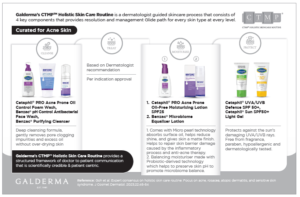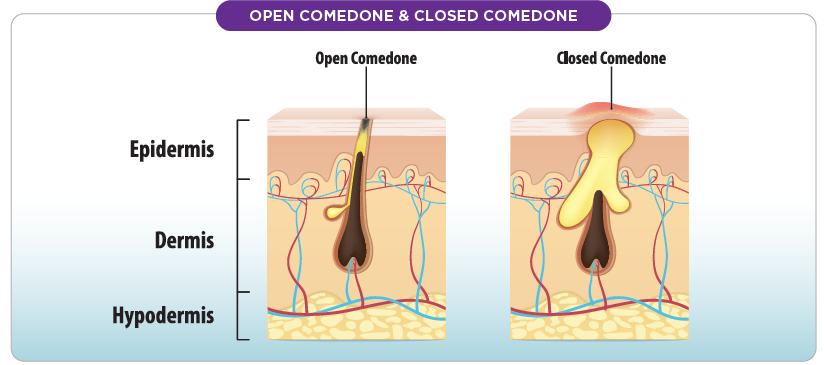 FEATURED EXPERT FEATURED EXPERTDR BENJI TEOH TZE YUEN Consultant Dermatologist Central Dermatology Specialist Clinic For most skin conditions, there is always a treatment. Hence, there is no need to suffer in silence because you have a skin condition that makes you feel self conscious about your appearance. I have encountered patients that are distressed about whiteheads, blackheads, and melasma. If you have any of these skin conditions, please join me as I share with you some useful information about these conditions and available treatments. |
MELASMA
Melasma is a common skin condition that causes brown patches and spots, usually on the face, which are darker than your natural skin tone.12,13
Melasma is not associated with any mortality but has significant psychosocial morbidity.12,14 It is shown in a systemic review and metaanalysis that prevalence of depression was as high 48.5% in Asia!14
WHAT HAPPENS TO YOUR SKIN WHEN YOU HAVE MELASMA?
Melasma is linked to an increase in the production of melanin, a skin pigment that gives the skin a darker tone.15
This increased production of melanin is linked the presence of ultraviolet (UV) light.15
However, the exact mechanism of how increased melanin production can lead to the development of melasma is still being researched upon.15
Common causes of melasma. Click on the image for a larger, clearer version.
SUN PROTECTION
Increased production of melanin is linked to the presence of UV light and UV light is a component of sunlight. Therefore, it is essential to reduce your skin exposure to sunlight.
Use a broad-spectrum sunscreen when you spend time under the sun. One study found that SPF 60 sunscreen is found to offer greater improvements than SPF 30 ones.16
THE US FOOD AND DRUG ADMINISTRATION (FDA) HAS APPROVED THE USE OF A TOPICAL TREATMENT FOR DARK SPOTS ASSOCIATED WITH MODERATE TO SEVERE MELASMA.
Such a topical cream includes the active ingredients fluocinolone acetonide, hydroquinone, and tretinoin.17
The cream works to disrupt pigment production in the skin and lighten the existing dark spots on the skin.18
It is considered a prescription medicine, available only with a doctor’s prescription, so you should consult a doctor to discuss whether this cream would be suitable to treat your melasma.
What’s in the cream?
Hydroquinone is considered the primary and most effective topical agent for blocking the enzyme tyrosinase, which is a very important enzyme in the pathway of melanin production.18
On top of that, it also is known to play a role in the degradation of melanin-producing cells (melanocytes) and melanin-storing cell structures called melanosomes.18
Tretinoin, a retinoid, works by motivating epidermal and dermal turnover, which may cause rapid loss of cell pigment. In addition, it inhibits tyrosinase, facilitates the penetration of hydroquinone, and neutralizes the stratum corneum thinning effects of corticosteroids.18
Fluocinolone acetonide is a moderate potent topical steroid used to reduce the irritation caused by both hydroquinone and tretinoin.
General adverse reactions
Some people may develop allergic reaction to one or more of the active ingredients. Both tretinoin and hydroquinone have been known to be cause irritation in some people. Some people may experience adverse reactions related to the general use of retinoids, which include redness, peeling, burning, dryness, or itching.
OTHER COMMON OPTIONS
Available over-the-counter creams to manage melasma commonly contain ingredients such as vitamin C, azelaic acid, kojic acid, salicylic acid, cysteamine, niacinamide, ascorbic acid, tranexamic acid, glutathione, and soybean extract.18
These ingredients help to reduce pigmentation by disrupting the pigment production process in the skin.18
These products, however, are categorised as cosmeceuticals and they may not work as well or as fast as a medical-grade treatment. The effectiveness of their use is still being researched upon, and they may also cause irritation to the skin of some people.
Chemical peel and laser treatments may also be useful for superficial melasma.12
Click on the image for a larger, clearer version.
This is an educational article brought to you by

| Click here for the full reference for the list of references used for the content of this advertorial. |












